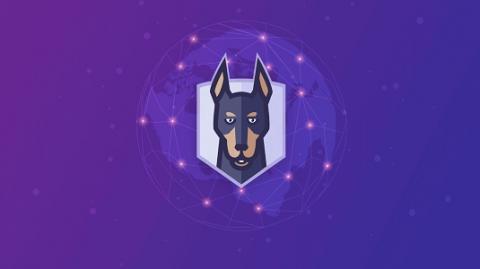Watch out for tenants living off your land
The cyberworld has witnessed and defended against several forms of attacks. Some of the most common ones known to disrupt a network include credential stealing, malware installations, worms and viruses, and insider threats. In order to execute these attacks successfully, attackers often use different tools and techniques. For instance, in a ransomware attack, an attacker may install malicious software to encrypt all the files and folders in your network and demand a ransom to recover the files.











